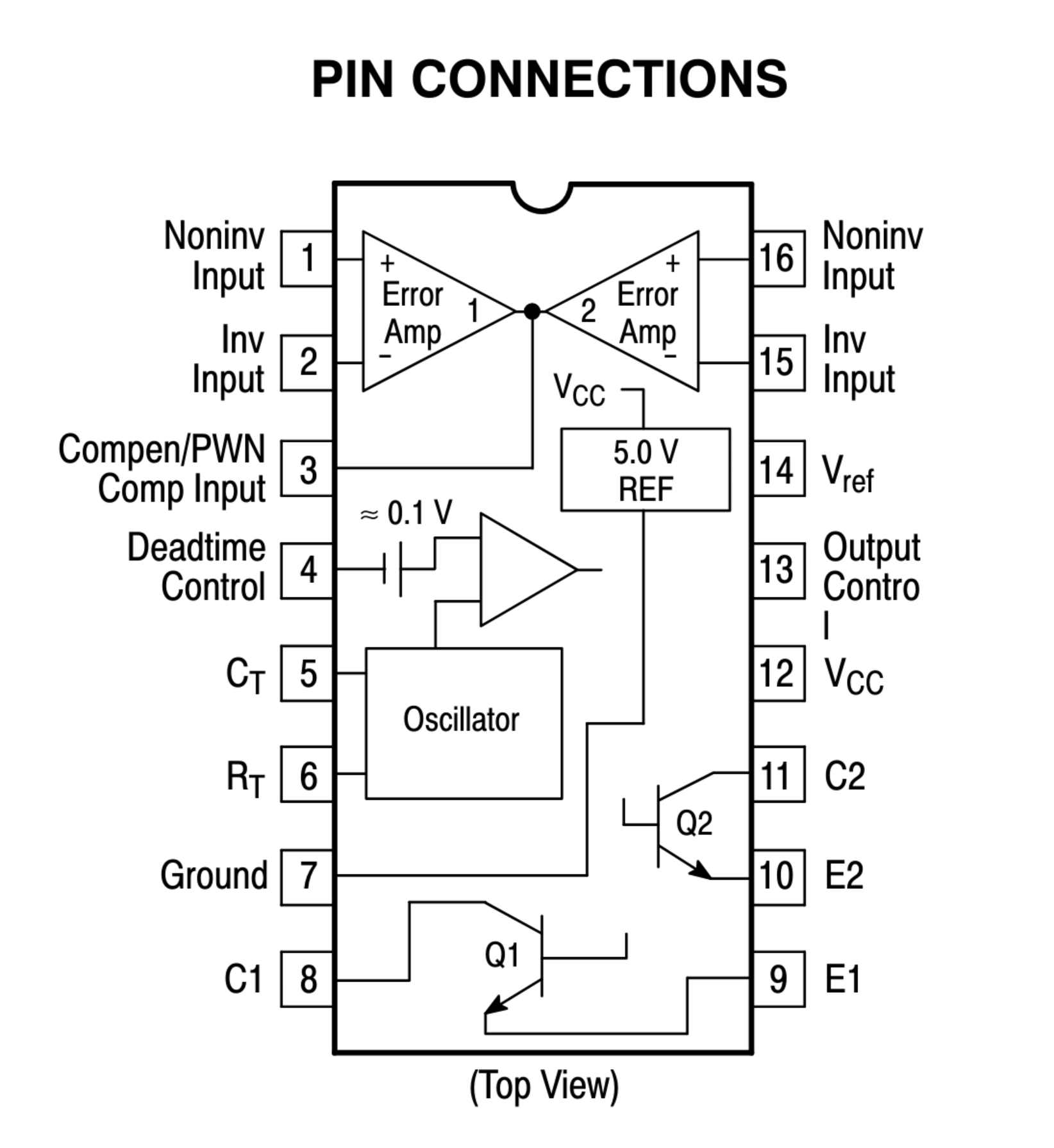- 1 Post
- 38 Comments
Alt text:
ISO 8601 was published on 06/05/88 and most recently amended on 12/01/04.

 5·3 months ago
5·3 months agoFrom the IRF1404Z data sheet:
Calculated continuous current based on maximum allowable junction temperature. Bond wire current limit is 120A. Note that current limitations arising from heating of the device leads may occur with some lead mounting arrangements.
You need to design the PCB so that the heat from the legs can be properly dissipated, or they won’t live up to the rated current.
Also, traces on a PCB are much thinner than those legs. A trace with the same cross-sectional area would be impractically wide.
Alt-text:
Unfortunately, SawStart is one-use-only. Once started, the blade cannot be stopped, and must be replaced with a fresh blade while the running one is carefully disposed of.
Alt text:
The zoo takes special care to keep kings separated from opposite-color pieces as part of their conservation program to prevent mating in captivity.

 183·6 months ago
183·6 months agoUnpopular opinion: The license makes sense and should have been enforced from the start.
The Benchy is a benchmarking tool, not just visually but there are also various features you can measure and check against the dimensions on the website. But that doesn’t work if the model you’re printing has been modified.
If it looks like a beachy, it should have been printed from the original model, so it’s always comparable. Preventing derivatives means you can be sure of that, even if it came on the included SD card with your printer. Otherwise, manufacturers could include a modified model that makes their printers look better than they are.

 2·9 months ago
2·9 months agoIf you can wait a couple weeks, AliExpress is going to be the cheapest.
eBay may be a bit more expensive, but it’s often my go-to because you can find everything and usually there are options with short shipping times.
For not too obscure parts, I would look at Reichelt, their prices are surprisingly low (especially if you bundle your orders to save on shipping costs).

 2·9 months ago
2·9 months agoThat’s probably not a bad idea, although I doubt it will make much of a difference. But since you’re redesigning the whole thing, might as well do it.

 3·9 months ago
3·9 months agoIt looks like you would want an even airflow through the whole PSU. The main heat-generating components are using the sides of the housing as a heat sink. I’m guessing the fan is mostly so the air inside the housing doesn’t get too warm, not to cool individual components.
Where is the original air exhaust? If it’s near the bottom of the picture, that would confirm my theory. In that case, I would keep the fan placement as close to original as possible (i.e. the blue square).

 5·10 months ago
5·10 months agoYou can use a boost converter to boost the 5V of an USB port to the 19V your notebook needs.
Assuming 5A output from a powerbank (which is probably about the max you will get without USB PD), you could theoretically get 0.55A at 19V. With the unavoidable inefficiencies, you will get less.
So, maybe enough to very slowly charge your notebook while it’s off. But when it’s turned on, the battery charge will still drop.
This seems to be a bug in the slicer. I’m seeing the same issue in OrcaSlicer if the skirt height is set to more than one layer (even if the skirt is disabled). This makes sense if a skirt is used (can’t print a continuous spiral if you have to switch between printing the object and the skirt), but not if it’s disabled.
What slicer are you using? If it’s a PrusaSlicer fork, this is likely the same bug.

 12·11 months ago
12·11 months agoIt looks to me like a JST SH connector: https://www.sparkfun.com/products/retired/10357
Measure the distance between the two pins - if it is 1 mm, this is most likely the connector you’re looking for.

 3·11 months ago
3·11 months agoFrom a cursory read of the datasheet, using the “dead time control” pin seems to be the way to go. Basically, this pin is used to set the voltage, while the error amplifier inputs (that’s the closest function to “over current protection” this chip has) are used to adjust the output according to the load. For your application, you probably don’t need to use them at all.

My instinct would be to disable the error amplifiers by connecting pins 1,2,15 and 16 to GND. You can then connect the wiper pin of the potentiometer to the deadtime control input, with the other pins of the potentiometer connected to GND and 3.3 V.
I haven’t worked with this chip before, so take this with a grain of salt. You should probably use a simulation tool to check the circuit before you start destroying chips.

 6·1 year ago
6·1 year agoA small pair of vernier calipers. I don’t use them a lot, but sometimes they come in very handy.
Klar hinterlässt das Spuren, aber nichts was man mit etwas Seife oder Spüli nicht wieder weg kriegt. Der Dreck ist ja in dem Moment schon gelöst (sonst wäre er noch am Fahrrad). Nur Festtrocknen würde ich es nicht lassen.
Ich wäre nur vorsichtig dabei, mit höherem Druck direkt an die Lager ran zu gehen. Danach hast du sonst auch Wasser in den Lagern und musst doch alles auseinander bauen und neu fetten.
My router is called Jupiter, everything connected to it is named after a moon. Callisto, Ganymede, Thelxinoe, Kallichore are what I’m currently using.
You can host a Firefox sync server yourself. You could run that on something like a Raspberry Pi in your local network. If you need remote access, use something like cloudflare tunnels (although I guess that’s something else to be paranoid about).

 401·1 year ago
401·1 year agoWindows is clearly superior. If you’ve had enough of the settings app, you can just switch to the control center!






This seems to be an engineering sample CPU. Since these are pre-production, that could mean it’s basically a fully functional CPU. It could also have serious issues.